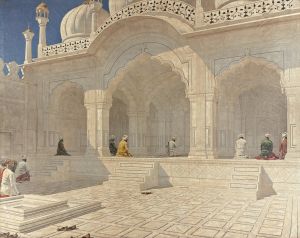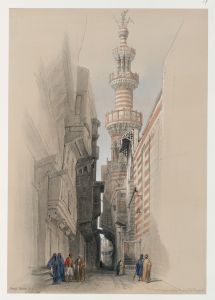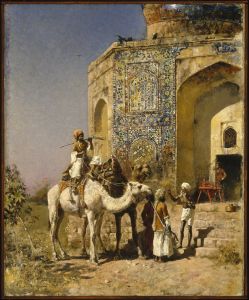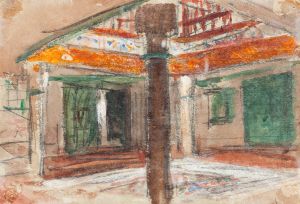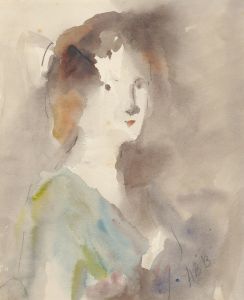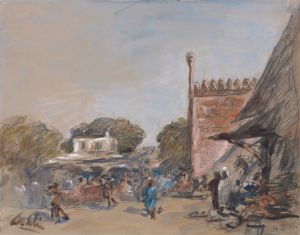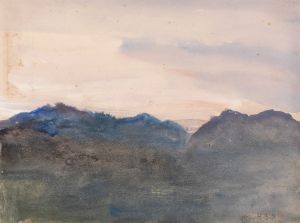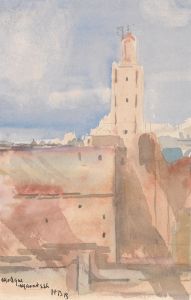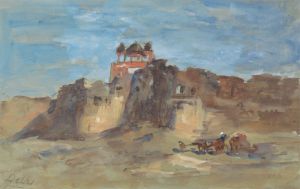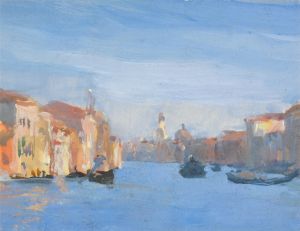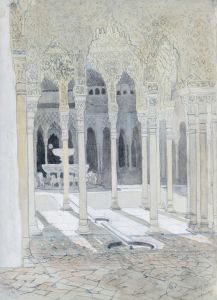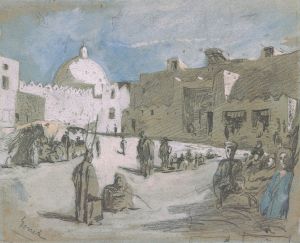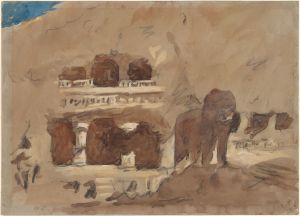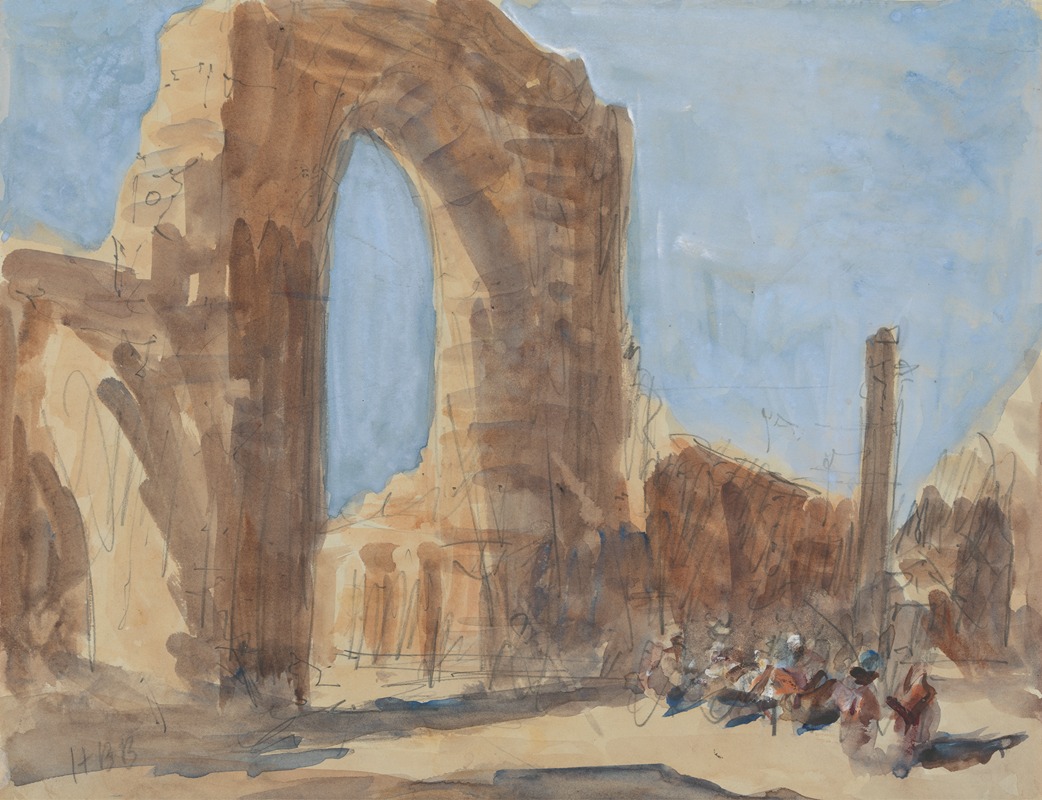
The Quwwat-ul-Islam mosque and the Iron Pillar of Delhi, Qtub Minar complex
A hand-painted replica of Hercules Brabazon Brabazon’s masterpiece The Quwwat-ul-Islam mosque and the Iron Pillar of Delhi, Qtub Minar complex, meticulously crafted by professional artists to capture the true essence of the original. Each piece is created with museum-quality canvas and rare mineral pigments, carefully painted by experienced artists with delicate brushstrokes and rich, layered colors to perfectly recreate the texture of the original artwork. Unlike machine-printed reproductions, this hand-painted version brings the painting to life, infused with the artist’s emotions and skill in every stroke. Whether for personal collection or home decoration, it instantly elevates the artistic atmosphere of any space.
Hercules Brabazon Brabazon (1821–1906) was a British artist known for his watercolors and sketches, often depicting architectural and landscape subjects. One of his works, titled The Quwwat-ul-Islam Mosque and the Iron Pillar of Delhi, Qutb Minar Complex, portrays a scene from the historic Qutb Minar complex in Delhi, India. This artwork reflects Brabazon's interest in capturing the essence of notable historical and architectural landmarks during his travels.
The Qutb Minar complex is a UNESCO World Heritage Site and one of the most significant examples of Indo-Islamic architecture in India. The Quwwat-ul-Islam Mosque, located within the complex, is considered one of the earliest mosques built in India after the Islamic conquest of Delhi. Constructed in the late 12th century by Qutb-ud-din Aibak, the founder of the Delhi Sultanate, the mosque incorporates elements from pre-Islamic Hindu and Jain temples, as evidenced by the intricately carved pillars and other architectural features.
The Iron Pillar of Delhi, also situated within the complex, is a remarkable metallurgical artifact dating back to the 4th century CE during the reign of Chandragupta II of the Gupta Empire. The pillar is notable for its resistance to corrosion despite being over 1,600 years old, a feature that has intrigued scientists and historians alike. It bears an inscription in Sanskrit, which commemorates the achievements of a king, believed to be Chandragupta II.
Brabazon's depiction of the mosque and the Iron Pillar likely emphasizes the interplay of historical and cultural elements present in the Qutb Minar complex. His artistic style, characterized by loose brushwork and a focus on atmosphere, may have been used to highlight the grandeur and historical significance of the site. However, specific details about the composition, medium, and current location of this particular artwork are not widely documented.
Brabazon's works often reflect his travels and his fascination with architecture and landscapes, but detailed records of his artistic process or the context behind individual pieces are limited. As such, while the painting serves as a visual representation of the Qutb Minar complex, further information about its creation and reception remains scarce.





